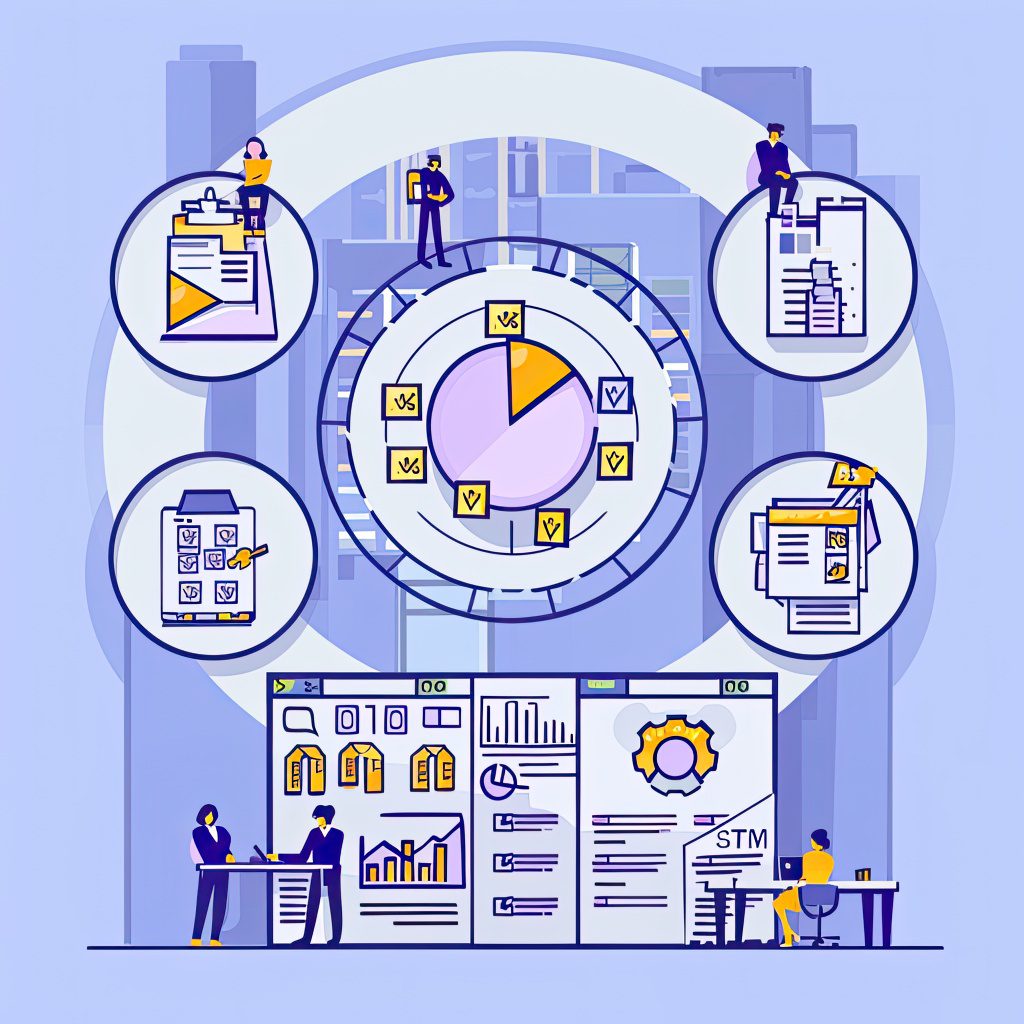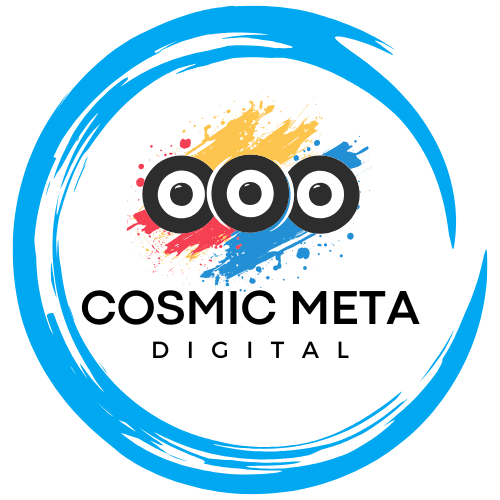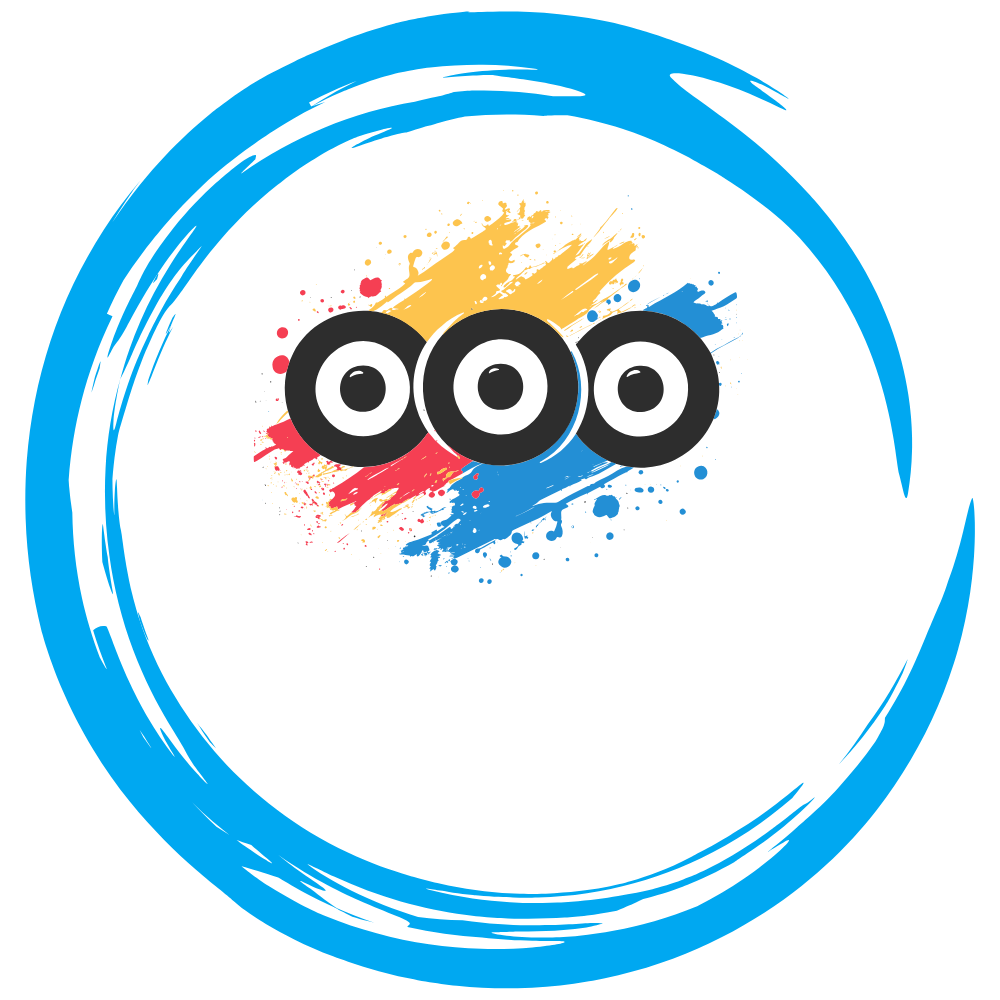Introduction
Programming methodologies are crucial frameworks that guide the development process, ensuring that software projects are completed efficiently, within budget, and to the required quality standards. Selecting the right methodology can significantly impact the success of a project. This post explores the various types of programming methodologies, highlighting their features, benefits, and drawbacks to help you choose the best one for your next project.
Understanding Programming Methodologies
Programming methodologies, also known as software development methodologies, are structured approaches to planning, executing, and maintaining software projects. They provide a systematic way to organize tasks, manage resources, and ensure that the end product meets user requirements.
Types of Programming Methodologies
1. Waterfall Methodology
Overview:
The Waterfall methodology is one of the oldest and most traditional approaches to software development. It follows a linear and sequential process where each phase must be completed before the next begins.
Phases:
- Requirement Analysis: Gathering and documenting what the software should do.
- System Design: Planning the architecture and design of the software.
- Implementation: Writing the actual code.
- Integration and Testing: Combining all parts of the software and testing for errors.
- Deployment: Releasing the software to users.
- Maintenance: Performing ongoing support and improvements.
Advantages:
- Simple and easy to understand.
- Well-defined stages make it easy to manage and document.
Disadvantages:
- Inflexible, as changes are difficult to implement once a phase is completed.
- Assumes requirements are fully understood from the beginning, which is often not the case.

2. Agile Methodology
Overview:
Agile is a popular and modern methodology that promotes iterative development, collaboration, and flexibility. It focuses on delivering small, incremental changes rather than a complete product at once.
Phases:
- Planning: Defining the project’s scope and objectives.
- Design: Creating preliminary designs.
- Development: Writing code in small, manageable increments.
- Testing: Continuous testing throughout development.
- Review: Regular reviews and feedback sessions.
- Release: Delivering working software frequently.
Advantages:
- Highly flexible and adaptable to changes.
- Encourages continuous improvement and collaboration.
- Delivers usable software quickly and frequently.
Disadvantages:
- Can be challenging to manage without experienced team members.
- Requires constant communication and collaboration, which may not be feasible for all teams.
3. Scrum
Overview:
Scrum is a subset of Agile that focuses on delivering products in short cycles called sprints. Each sprint typically lasts two to four weeks and results in a potentially shippable product increment.
Phases:
- Sprint Planning: Defining the goals and tasks for the sprint.
- Daily Standups: Short daily meetings to discuss progress and obstacles.
- Development: Building and testing the product increment.
- Sprint Review: Demonstrating the work completed during the sprint.
- Sprint Retrospective: Reflecting on the sprint to identify improvements.
Advantages:
- Promotes team collaboration and transparency.
- Allows for frequent delivery and feedback.
- Helps manage complex projects with changing requirements.
Disadvantages:
- Requires a high level of commitment and discipline from the team.
- Can be challenging to scale for larger projects.
4. Kanban
Overview:
Kanban is another Agile methodology that focuses on visualizing the workflow and limiting work in progress. It uses a Kanban board to manage tasks and ensure a continuous flow of work.
Phases:
- Backlog: List of tasks to be done.
- To Do: Tasks that are ready to start.
- In Progress: Tasks currently being worked on.
- Review/Testing: Tasks being reviewed or tested.
- Done: Completed tasks.
Advantages:
- Visualizes the workflow, making it easy to manage and track tasks.
- Flexible and easy to implement.
- Encourages continuous delivery and improvement.
Disadvantages:
- May not be suitable for complex projects with interdependent tasks.
- Requires discipline to manage work-in-progress limits.
5. Lean
Overview:
Lean methodology focuses on maximizing value by eliminating waste and improving efficiency. It emphasizes delivering high-quality products quickly and efficiently.
Phases:
- Value Identification: Understanding what delivers value to the customer.
- Value Stream Mapping: Mapping out the processes to identify and eliminate waste.
- Flow: Ensuring a smooth flow of tasks through the development process.
- Pull: Producing only what is needed, when it is needed.
- Perfection: Continuously improving processes to achieve perfection.
Advantages:
- Reduces waste and improves efficiency.
- Focuses on delivering customer value.
- Encourages continuous improvement.
Disadvantages:
- Requires a deep understanding of the value stream.
- Can be challenging to implement and sustain.
6. Extreme Programming (XP)
Overview:
Extreme Programming (XP) is an Agile methodology that emphasizes customer satisfaction, continuous feedback, and frequent releases. It focuses on improving software quality and responsiveness to changing customer requirements.
Phases:
- Planning: Collaborating with customers to define user stories and plan iterations.
- Design: Simple design that supports immediate needs.
- Coding: Writing code with an emphasis on simplicity and clarity.
- Testing: Continuous testing to ensure quality.
- Listening: Gathering feedback from customers and stakeholders.
Advantages:
- Encourages close collaboration with customers.
- Focuses on delivering high-quality software quickly.
- Promotes continuous improvement and adaptation.
Disadvantages:
- Requires a high level of customer involvement.
- Can be difficult to manage for large, complex projects.
7. Spiral Model
Overview:
The Spiral Model combines elements of both Waterfall and Agile methodologies. It focuses on risk management and iterative development, making it suitable for large, complex projects with high levels of risk.
Phases:
- Planning: Defining objectives, alternatives, and constraints.
- Risk Analysis: Identifying and evaluating risks.
- Engineering: Developing and testing the product increment.
- Evaluation: Reviewing and assessing the progress and risks.
Advantages:
- Effective for managing risks in large, complex projects.
- Combines the best features of Waterfall and Agile methodologies.
- Allows for iterative development and continuous improvement.
Disadvantages:
- Can be complex and expensive to implement.
- Requires expertise in risk management.
Choosing the Right Methodology
Selecting the right programming methodology depends on various factors, including project size, complexity, team expertise, and customer requirements. Here are some considerations to help you choose the best methodology for your project:
- Project Size and Complexity: For small, straightforward projects, methodologies like Waterfall may be sufficient. For larger, more complex projects, Agile, Scrum, or the Spiral Model may be more suitable.
- Team Expertise: Consider the experience and skills of your team. Agile methodologies require a high level of collaboration and communication, which may not be feasible for all teams.
- Customer Requirements: If customer involvement and feedback are crucial, Agile methodologies like Scrum or XP may be the best choice.
- Risk Management: For projects with high levels of risk, the Spiral Model or Lean may be the most effective methodologies.
Conclusion
Understanding the different types of programming methodologies is essential for selecting the best approach for your software development project. Each methodology has its strengths and weaknesses, and the right choice depends on your specific needs and circumstances. By carefully considering your project requirements and team capabilities, you can choose a methodology that ensures the successful delivery of high-quality software.
Useful Links
By understanding and applying the right programming methodology, you can significantly improve the efficiency, quality, and success of your software development projects. Stay tuned for more in-depth articles on each of these methodologies and how to implement them effectively.



